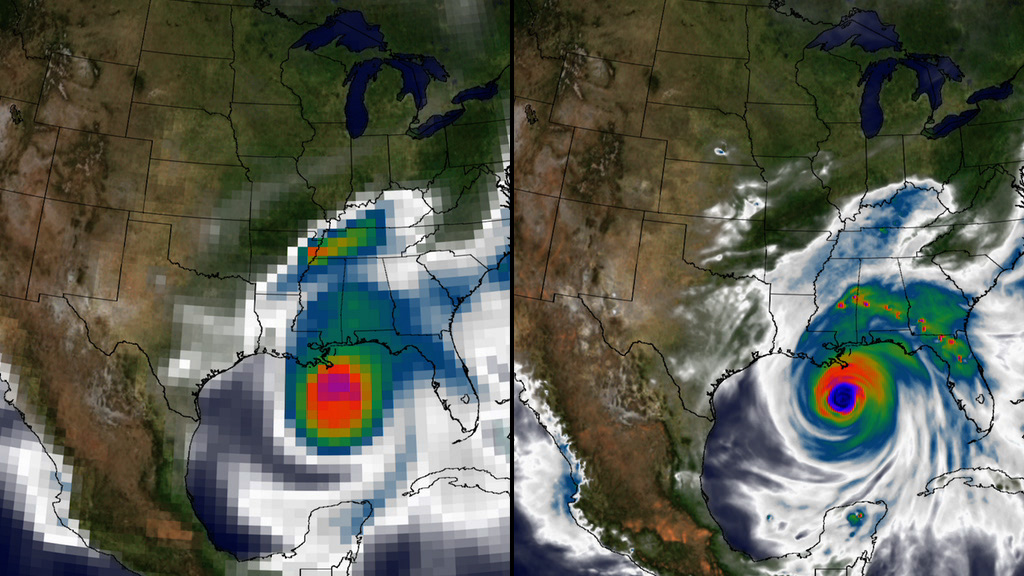Earth
ID: 11925

Hurricane Katrina hit the U.S. Gulf Coast on August 29, 2005, leaving a trail of destruction and hundreds of deaths. Since then, researchers have made strides in understanding the inner-core processes and environmental factors that affect the path and intensity of a hurricane. When a hurricane strikes now, scientists have a better understanding of where it’s going and what’s going on inside it than they did ten years ago thanks to higher resolution models largely enabled by more powerful supercomputers. Today’s models have up to ten times the resolution than those during Katrina and allow for a more accurate look inside a hurricane. Using these models, historical storms can even be recreated in great detail to help scientists study and learn about past events. Watch the videos to see simulations of Hurricane Katrina created from a NASA weather and climate model in 2015.


Supercomputing Power



For More Information
Story Credits
Lead Visualizer/Animator:
William Putman (NASA/GSFC)
Scientist:
William Putman (NASA/GSFC)
Lead Writer:
Kasha Patel (Wyle Information Systems)
William Putman (NASA/GSFC)
Scientist:
William Putman (NASA/GSFC)
Lead Writer:
Kasha Patel (Wyle Information Systems)
Please give credit for this item to:
NASA's Goddard Space Flight Center
Video and images courtesy of NASA/GSFC/Bill Putman
NASA's Goddard Space Flight Center
Video and images courtesy of NASA/GSFC/Bill Putman
Short URL to share this page:
https://svs.gsfc.nasa.gov/11925
Keywords:
SVS >> App
NASA Science >> Earth
https://svs.gsfc.nasa.gov/11925
Keywords:
SVS >> App
NASA Science >> Earth







